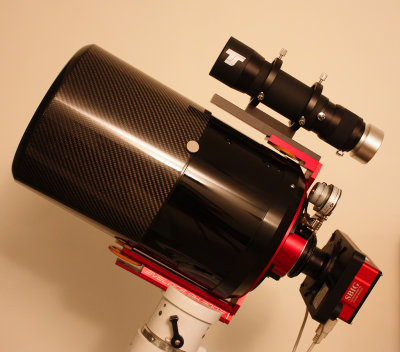
Veloce RH 200 with NEQ 6 |
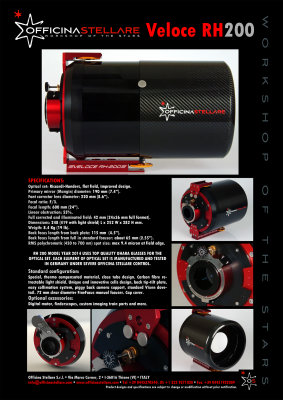
Officina Stellare Veloce RH 200 - 2014 Flyer Pg.1 |
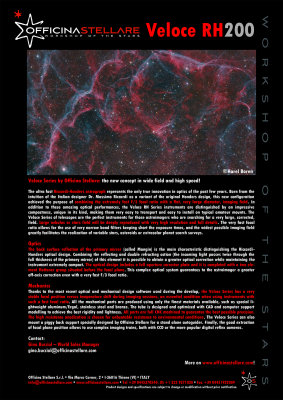
Officina Stellare Veloce RH 200 - 2014 Flyer Pg.2 |

Front-page.jpg |
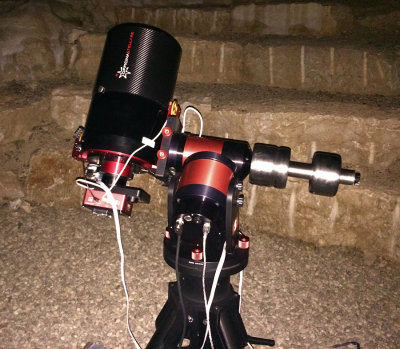
OS Veloce RH 200 + ASA DDM60 Pro: Camera Power & Data Cables - Run Through the Mount |
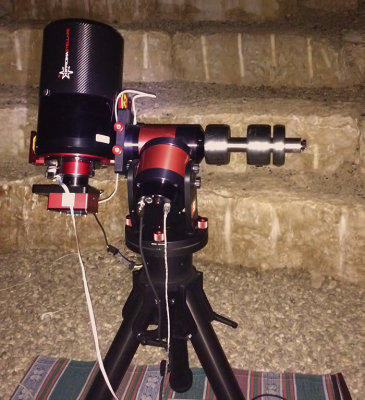
OS Veloce RH 200 + ASA DDM60 Pro: Camera Power & Data Cables - Run Through the Mount |
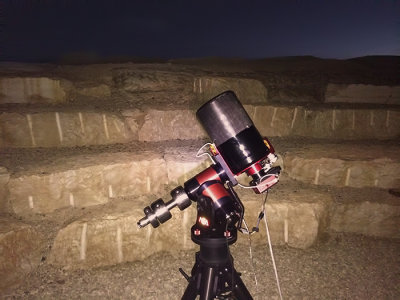
OS Veloce RH 200 + ASA DDM60 Pro: Camera Power & Data Cables - Run Through the Mount |
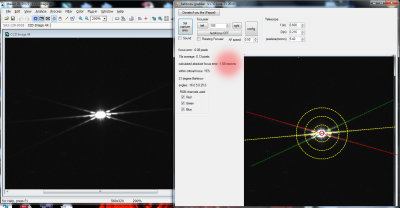
Focusing the Veloce with Bahtinov Mask Grabber 23.6.14 |
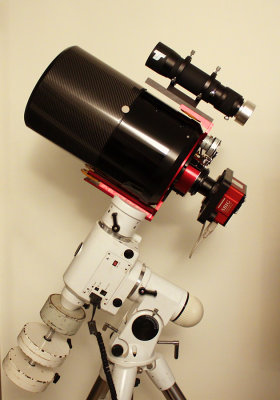
Veloce RH 200 with NEQ 6 - Left View |
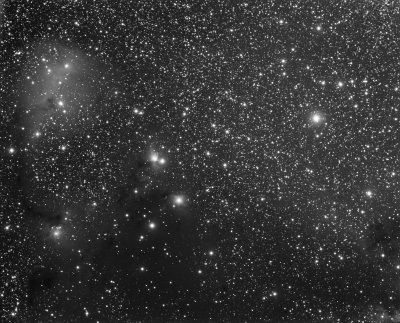
Officina Stellare Veloce RH 200 Second Light
|

Veloce RH 200 & Camera - Built-to-Spec Hard Resin Case
|
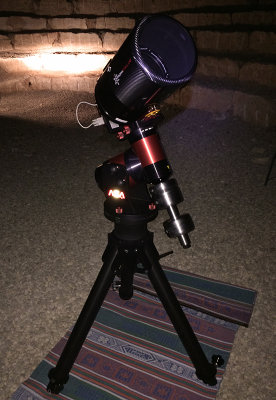
The OS Veloce RH 200 riding the ASA DDM60 Pro on a Losmandy FHD Folding Tripod |

DDM60 Quiet Slews |

Veloce full setup end of night - 12.1.13 |
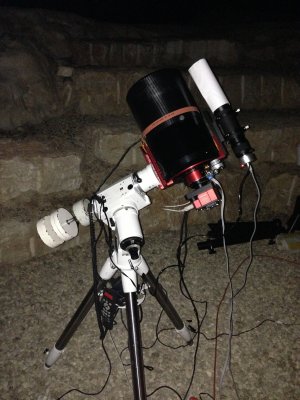
Veloce full setup end of night 05 12.1.13.jpg |
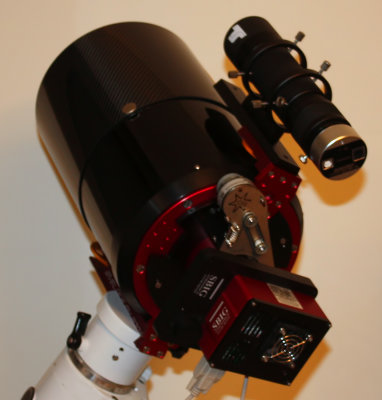
Veloce RH 200 with NEQ 6 - Zoom - Rear View |

Veloce RH 200 Zoom - Right View |

Veloce RH 200 - Zoom - Front View |

Veloce RH 200 - Zoom - Rear View |

Beginning of the night 11.1.13 - Panorama |

Beginning of the night 11.1.13 - Panorama |
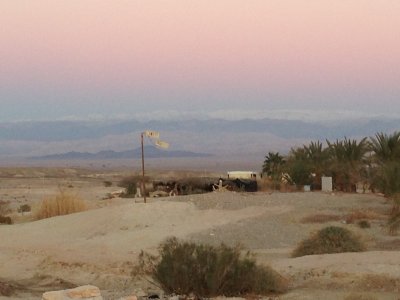
Snow on desert mountains - 11.1.13 at the beginning of the night |
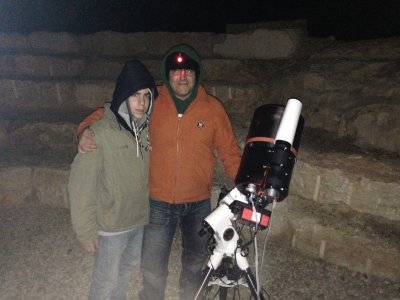
Ben and Dad at the end of the night 12.1.2013 |
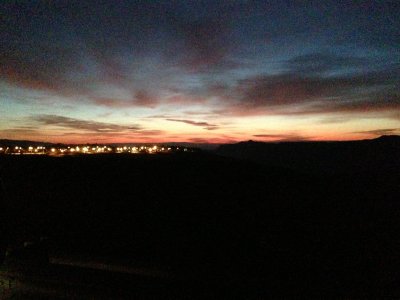
Ben and me traveling back home together end of night 12.1.13 01.jpg |
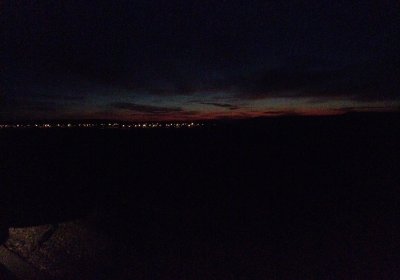
Ben and me traveling back home together end of night 12.1.13 02.jpg |
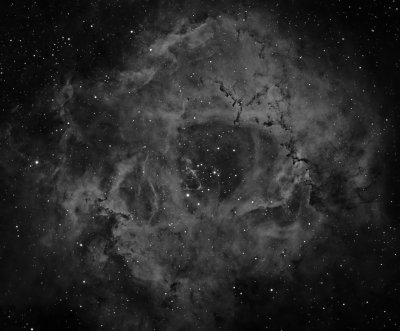
Officina Stellare Veloce RH 200 First Light - The Rosette Nebula |

Officina Stellare Veloce RH 200 Second Light - IC 446, IC 447, IC 2169, NGC 2245, NGC 2247 |
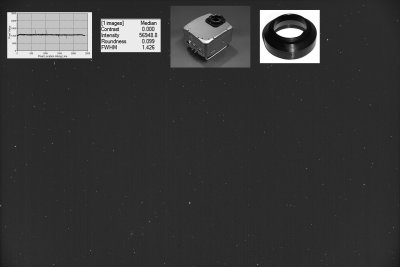
Veloce RH 200 with SBIG STL 11000 First Light |
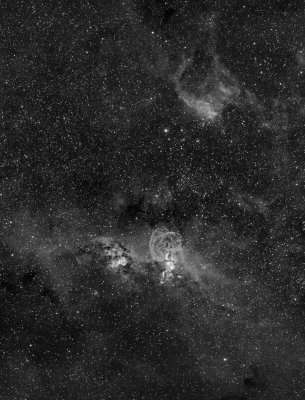
NGC 3576 160 min Ha OS Veloce RH 200 with STL11K |
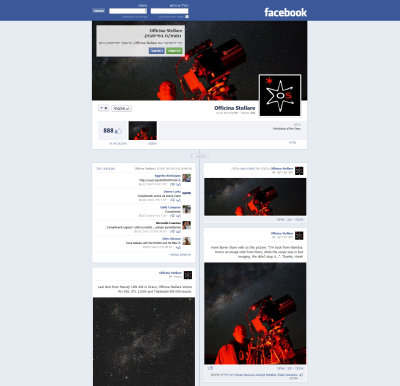
The-Veloce-in-Namibia---Officina-Stellare-Facebook-Front-Page-22.jpg |
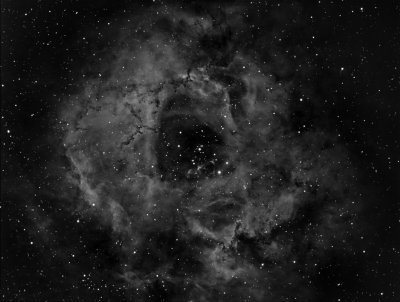
Rosette Nebula - First Light OS Veloce RH 200 and ASA DDM60 Pro |

Rosette Nebula - First Light OS Veloce RH 200 and ASA DDM60 Pro |

End-of-Night - Dawn-on-the-Desert |











